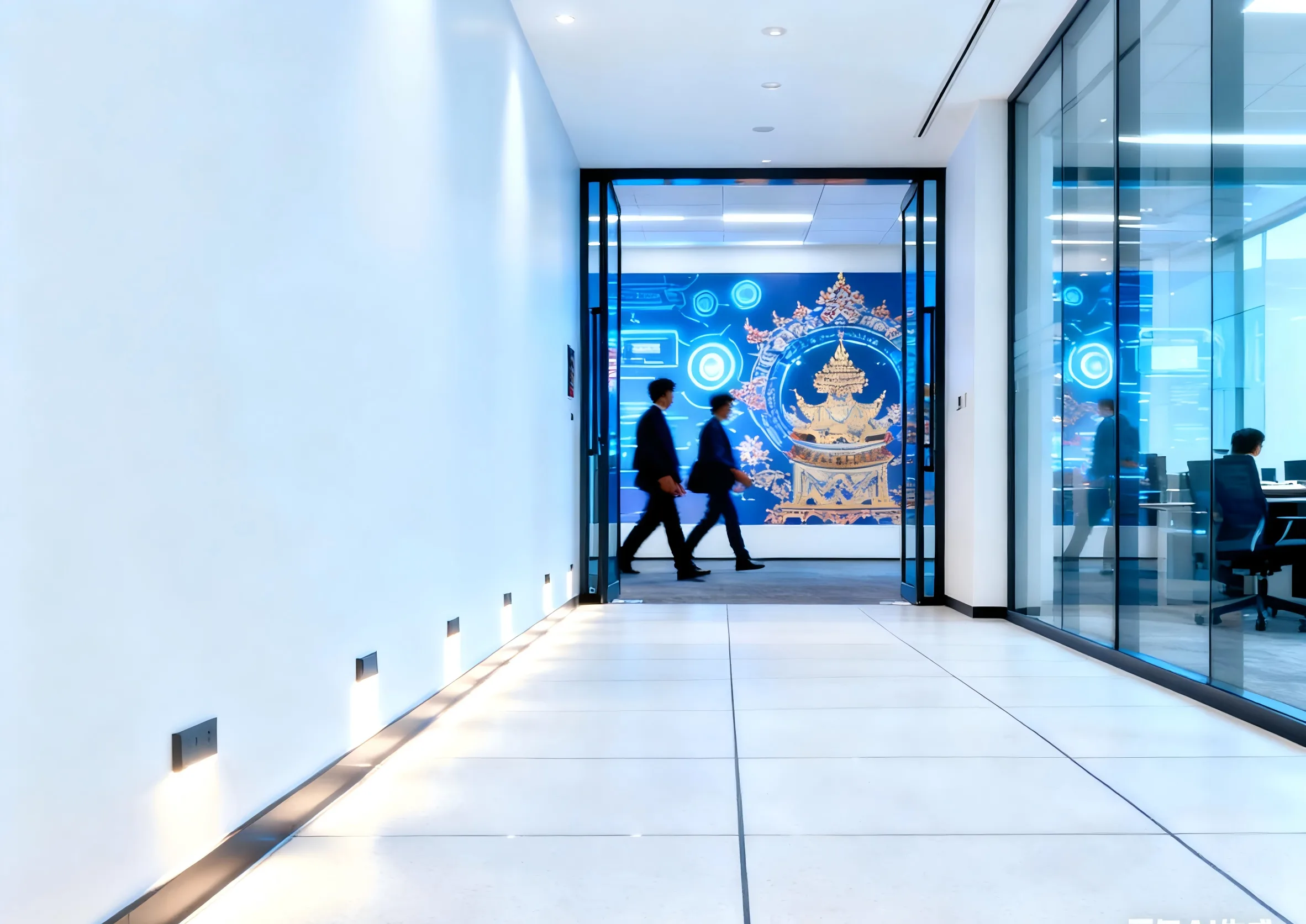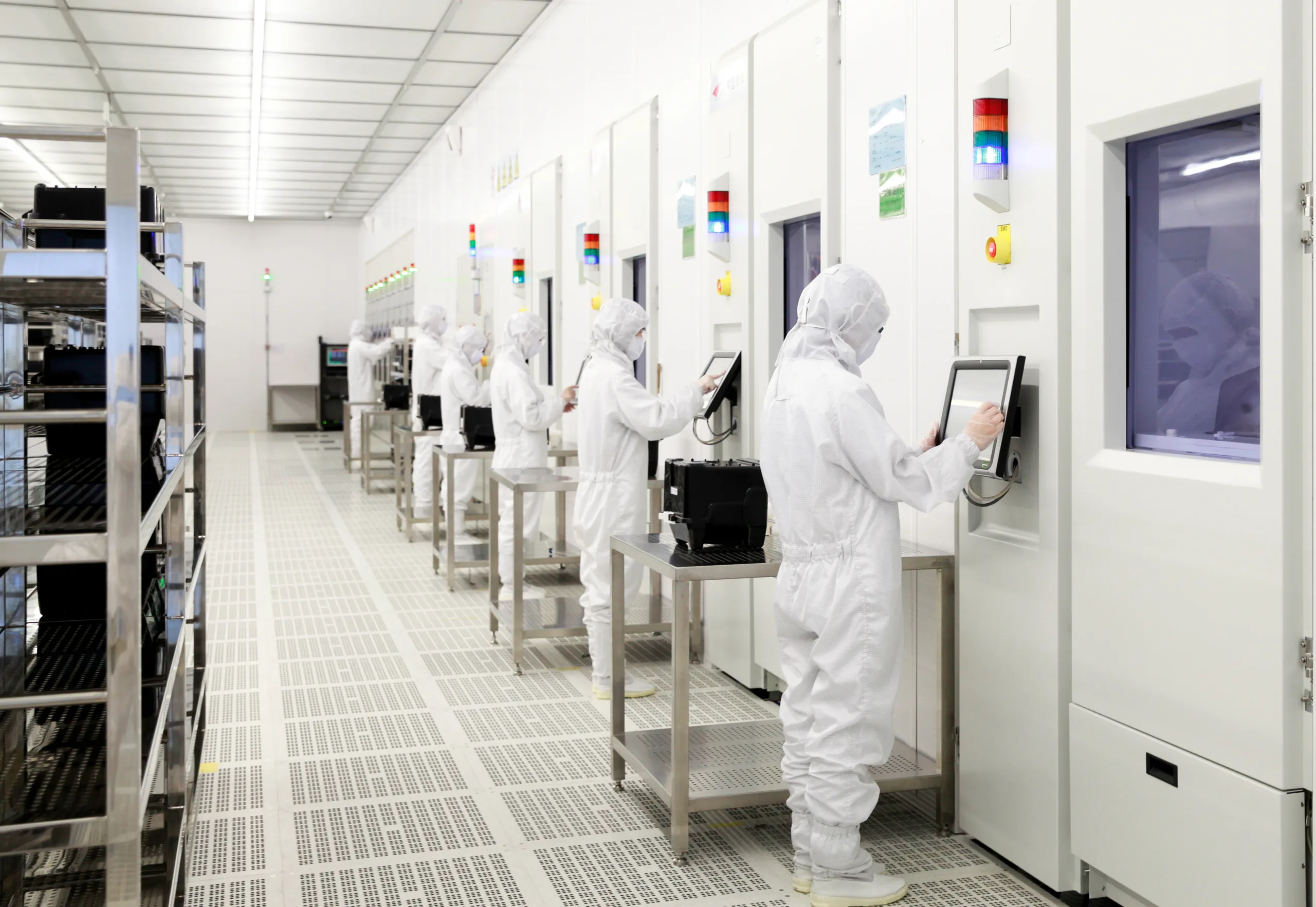In recent years, Vietnam’s accelerated urbanization and booming technology industry have driven a surge in demand for raised floor systems. As a key component of modern commercial buildings, industrial facilities, and even residential projects, raised floors are increasingly becoming a practical solution for addressing the complex needs of contemporary infrastructure in skyscrapers, data centers, and smart office buildings in cities like Ho Chi Minh City and Hanoi.

From a market perspective, the core drivers of raised floor demand in Vietnam come from two main areas. Firstly, the rapid expansion of the technology sector has played a significant role. Data centers have extremely high demands for efficient cable management, cooling systems, and convenient maintenance, and raised floors perfectly accommodate electrical wires, HVAC ducts, and server cables, becoming the “infrastructure cornerstone” of such facilities. With international technology giants investing heavily in Vietnam’s digital infrastructure, the demand for high-quality raised floors has increased substantially. Antistatic steel floors and aluminum alloy floors are also gaining popularity due to their ability to meet global standards for load-bearing capacity and fire resistance.
Secondly, demand from the commercial and residential sectors is also steadily rising. In commercial spaces such as shopping malls, hotels, and office buildings, Vietnam’s humid climate underscores the moisture-resistant benefits of raised flooring. It protects electrical equipment from moisture damage and improves indoor air quality. Its flexible structure also allows for rapid adjustments to the spatial layout. For example, co-working spaces in Hanoi can use raised flooring to relocate power and network interfaces to meet tenant needs easily, significantly reducing renovation costs and time. In the residential sector, high-end apartments and villas are increasingly accepting of raised flooring. Owners appreciate its ability to conceal smart home device cables and accommodate underfloor heating systems, creating a clean and minimalist living aesthetic. In coastal areas like Da Nang, raised flooring also serves as a flood barrier, mitigating flood risks driven by climate change.
From a market supply and demand perspective, the current Vietnamese raised flooring market is characterized by a coexistence of imports and domestic production, with mid- to high-end demand dominating. In the mid-to-high-end market, brands from South Korea, China, and Europe hold a particular market share due to their technological advantages, primarily serving high-standard projects such as international data centers and multinational corporate office buildings. Local brands, on the other hand, focus on cost-effectiveness as their core competitive advantage, serving small- and medium-sized commercial projects and the mid-range residential market. Some local companies have also begun developing environmentally friendly products to meet the market’s demand for sustainable development. However, the market also faces challenges. Disorderly competition from low-quality imported products and insufficient awareness in rural areas remain factors hindering further industry development.
Regarding common types, raised flooring in the Vietnamese market can be mainly divided into the following three categories, each with its own application focus:

Bare Finish Steel Cement Raised Floor
Typically made of cold-rolled steel sheets welded together, filled with lightweight cement, and generally coated with epoxy powder, phosphated, and then electrostatically sprayed, providing corrosion resistance and wear resistance. The entire raised floor system consists of panels, supports, shock-absorbing pads, and screws. The panels are placed on the supports and secured with shock-absorbing pads and screws in corner-locking holes, while also providing a certain level of gloss. Widely used in office buildings, innovative office environments, conference rooms, business administration bureaus, government agencies, and other places requiring dust and water resistance. The top of these raised floor panels is usually carpet or LVT tiles.

Antistatic Steel Cement Raised Floor
Typically based on a standard steel-cement raised floor, the panel is made of cold-rolled steel sheet through resistance welding, filled with cement, and the surface is covered with different antistatic materials, such as high-pressure laminate (HPL) or conductive PVC, with conductive rubber strips inlaid around the edges. The entire system also includes supports, beams, and other accessories. Due to its stable performance, steel raised floors are widely used in data centers, server rooms, and trading halls of financial institutions, where load-bearing and safety requirements are incredibly high. In large technology parks in Ho Chi Minh City, over 60% of data center projects choose this product type.

Aluminum Raised Floor
Made of lightweight aluminum alloy, it is corrosion-resistant, easy to install, and highly recyclable, in line with environmental protection principles. However, its cost is relatively high. Therefore, it is mainly used in high-end laboratories, clean rooms, and other places with special requirements for weight, corrosion resistance, and environmental protection. For example, biotechnology parks in southern Vietnam often use this type of flooring.
Overall, the raised floor market in Vietnam is in a phase of rapid development. Multiple sectors drive market demand and continue to grow. Different types of raised floors, with their respective characteristics, have formed differentiated market positions in various application scenarios. In the future, as Vietnam’s infrastructure development advances and environmental protection concepts deepen, the market will see even broader development prospects.



